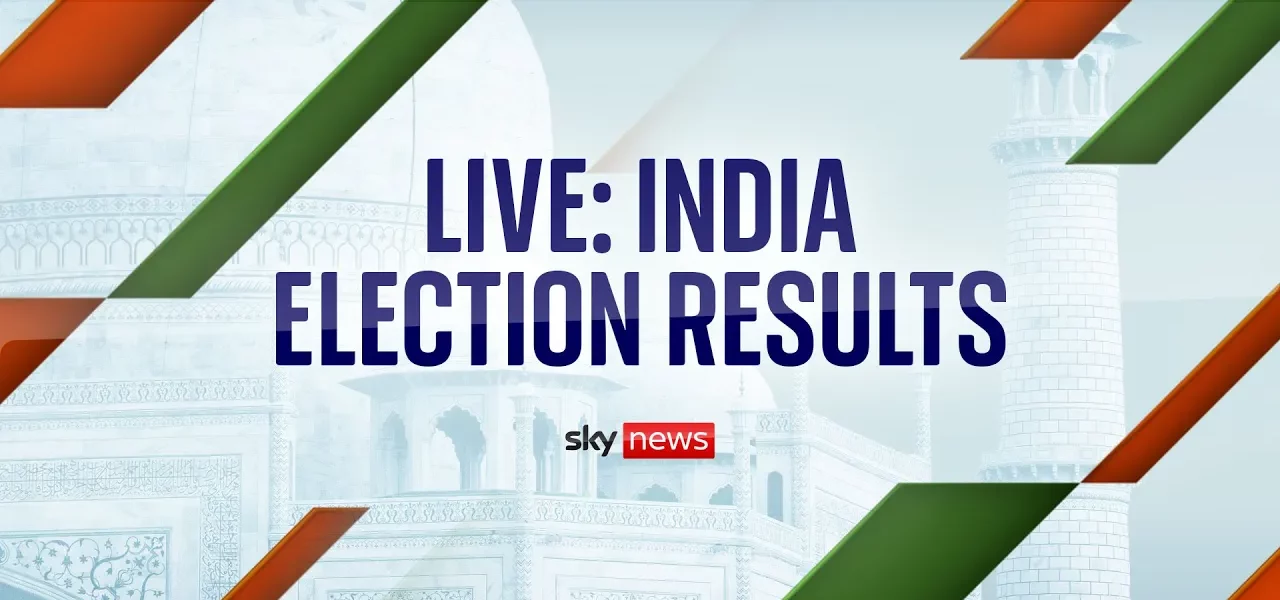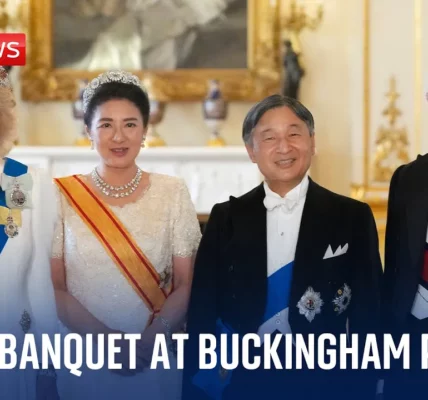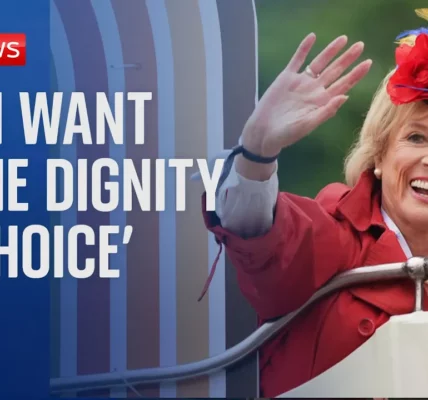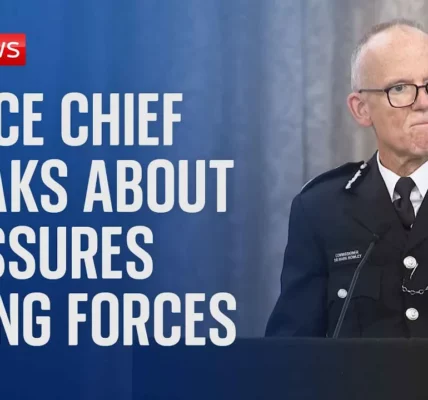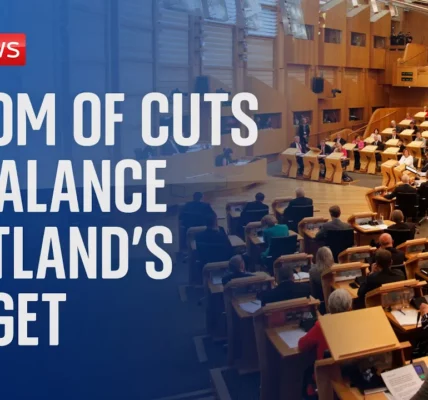Indian Election Results Day Analysis

Join us as we delve into the results of the Indian elections, exploring the implications for Prime Minister Narendra Modi’s government, voter turnout, and the political landscape of the world’s largest democracy.
Introduction
After 44 days of intense polling, the results of the Indian elections are finally emerging. As millions eagerly await the final counts, early indicators suggest significant shifts in the political landscape. This article will explore the implications of these results, the challenges faced by incumbent Prime Minister Narendra Modi, and the broader socio-political context influencing voter behavior. With insights from our correspondent Neville Lazarus, we will dissect the current dynamics at play in Indian politics.
The Current Political Landscape
As the results begin to trickle in, it is evident that Prime Minister Modi’s ruling party, the Bharatiya Janata Party (BJP), may not secure the desired majority. The previous elections saw Modi’s party winning a historic majority, but recent trends indicate a decline in support.
Expectation vs. Reality
Modi’s government aimed for a substantial seat count, ideally around 400. However, current projections suggest they will struggle to reach the crucial 272-seat threshold necessary for forming a government independently. This situation necessitates reliance on coalition partners, potentially leading to a more complex political environment.
The Role of Regional Parties
The upcoming coalition negotiations will be crucial, as regional parties may demand significant concessions in exchange for their support. The political landscape in India has always been diverse, and with various regional interests at play, the new government will likely face considerable checks and balances.
Voter Turnout and External Factors
One of the critical aspects of any election is voter turnout. This year, the elections were marred by an intense heatwave affecting many regions of India, which had a tangible impact on voter participation.
Impact of the Heatwave
Reports indicate that the extreme temperatures, soaring above 50°C in some areas, discouraged many citizens from exercising their right to vote. The overall turnout was approximately 66%, a noticeable drop from previous elections.
- 200+ heat-related fatalities reported.
- 33 election officials succumbed to heat-related issues while on duty.
- Despite the heat, 642 million voters participated, illustrating the commitment of the electorate.
First-Time Voters’ Pride
Interestingly, despite the adverse weather conditions, there was a notable sense of pride among first-time voters. With 18 million first-time voters, many expressed their enthusiasm and commitment to participating in the democratic process, underscoring the significance of voting in India.
Economic Factors Influencing Votes
The economic landscape also plays a vital role in shaping electoral outcomes. Issues such as inflation, unemployment, and the overall cost of living have been predominant themes in this election cycle.
Key Economic Issues
- Inflation: Rising prices have significantly impacted household budgets, leading many to question the government’s economic policies.
- Unemployment: High unemployment rates, particularly among youth, have fueled dissatisfaction with the current administration.
- Cost of Living Crisis: The ongoing economic challenges have shifted voter sentiment, with many seeking change.
Political Messaging
Initially, Modi’s campaign focused on development and achievements over the last decade. However, as the elections progressed, the narrative shifted, with the opposition highlighting economic grievances and challenging Modi’s governance. This pivot illustrates the dynamic nature of political campaigning in response to voter sentiment.
Social Media’s Influence
In today’s digital age, the role of social media in elections cannot be overstated. Prime Minister Modi has adeptly utilized social media platforms to engage voters, enhance visibility, and promote his party’s agenda.
Modi’s Social Media Strategy
Despite being in his 70s, Modi is highly proficient in leveraging social media. His platforms boast millions of followers, allowing him to connect with a broad audience effectively. In contrast, opposition leaders have also recognized the importance of this medium and have ramped up their efforts to reach voters through digital channels.
Celebrity Influence
Moreover, the involvement of celebrities and influencers in the electoral process has become more pronounced. Their endorsements and outreach can sway public opinion, especially among younger voters who are increasingly turning to social media for information and inspiration.
Conclusion
The Indian elections have unfolded dramatically, with the results indicating a potential shift in power dynamics. As the counting continues and the final results emerge, the implications for Modi’s government and the broader political landscape will become clearer. The reliance on coalition partners may lead to a more complex governance structure, and the economic challenges faced by voters could shape future policies.
In light of these developments, we encourage readers to stay engaged and informed about the evolving political scenario in India. Join us tonight at 9:00 PM for a detailed analysis and interviews with key political figures as we continue to cover this significant event in Indian democracy.
“`
